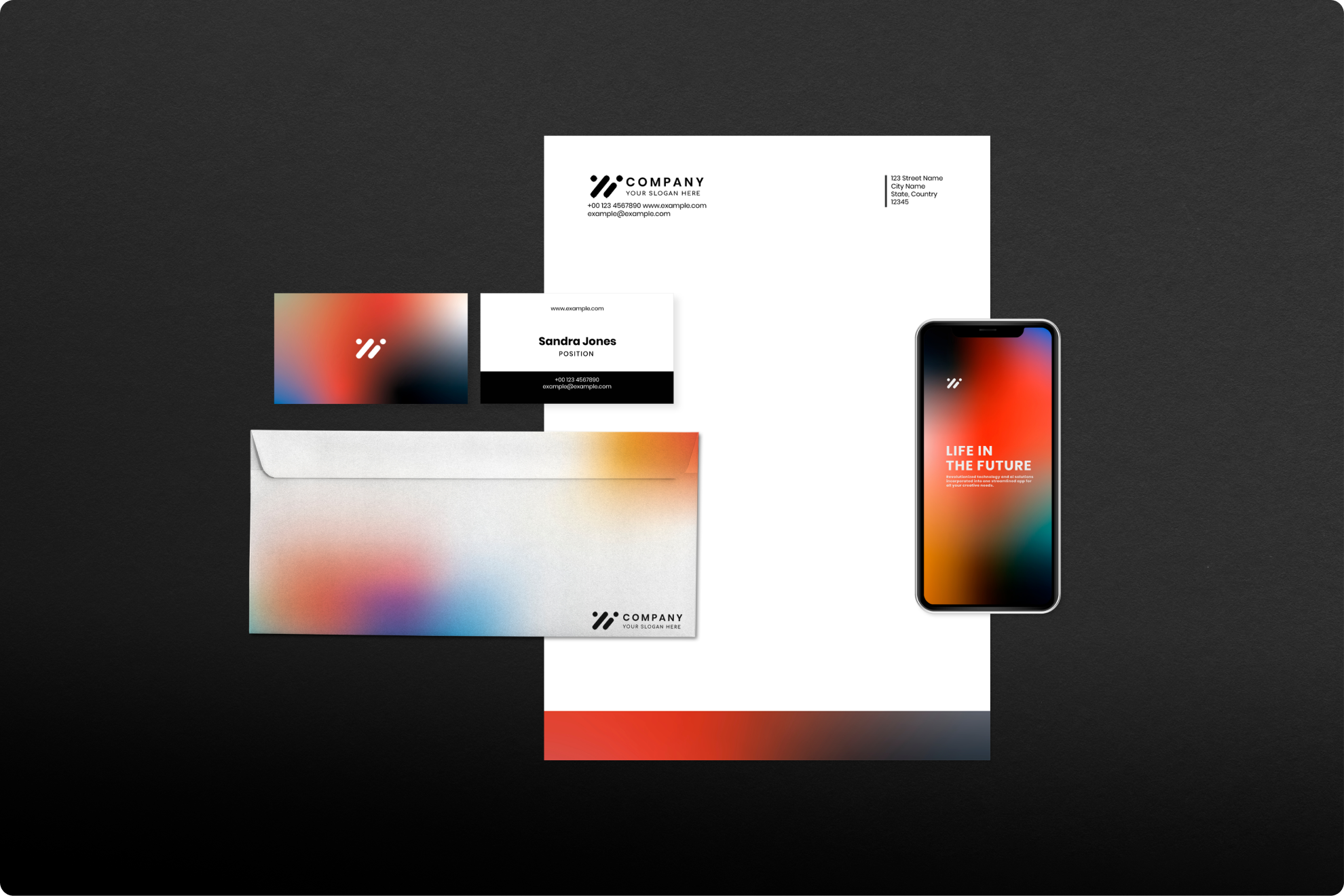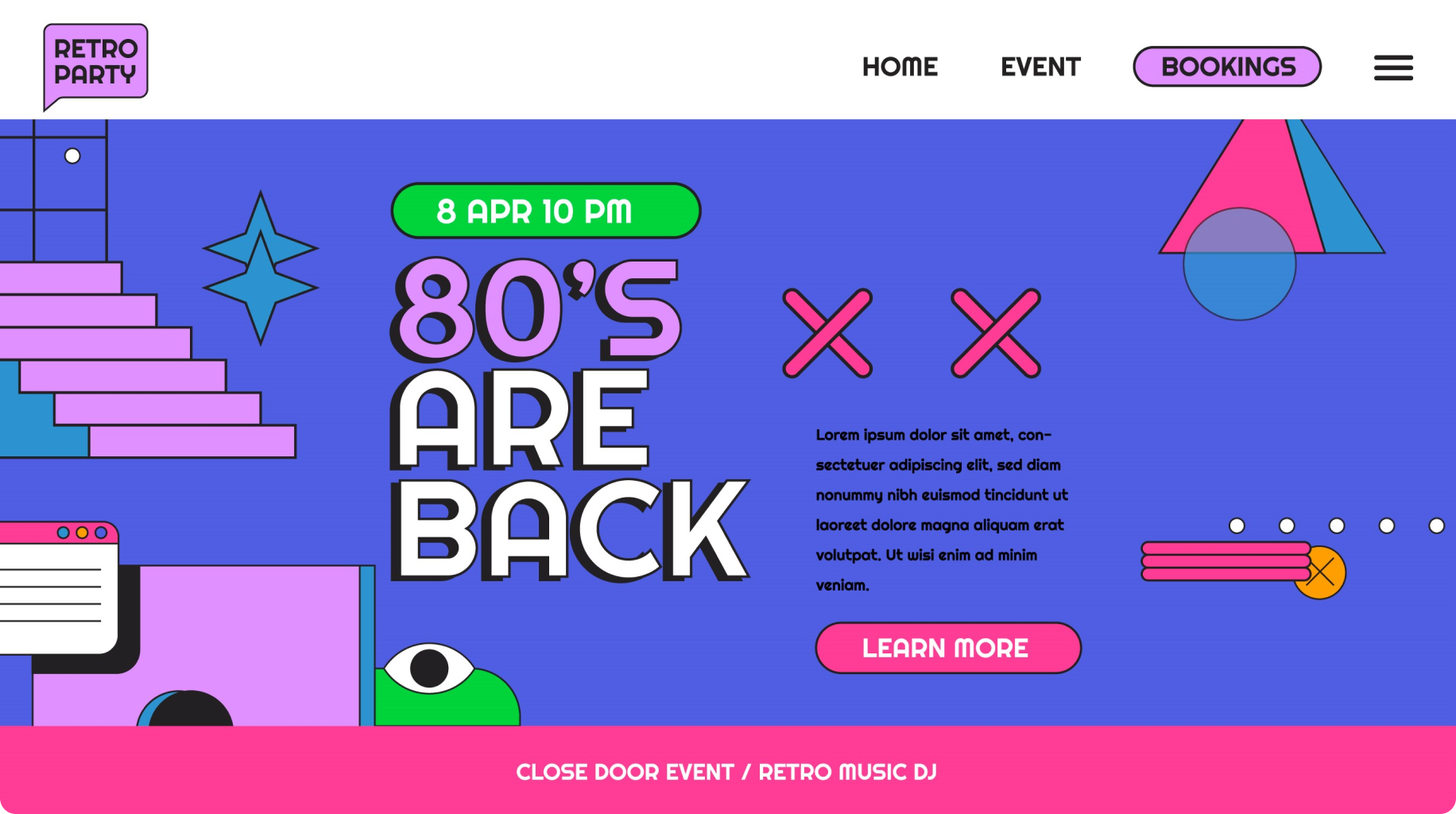Brand design: minimalism, authenticity, and emotional connection

Brand design is an integral part of successful marketing, influenced by constantly evolving consumer expectations, technological advancements, and cultural trends.
Today, to remain competitive, brands must closely monitor and integrate three key elements into their strategies: minimalism, authenticity, and the ability to forge an emotional connection.

Minimalism, clarity, and functionality
Minimalism remains one of the core design principles that help brands clearly convey their values and goals. This approach allows for the removal of anything unnecessary and focuses on the essential brand elements—such as the logo, colors, and typography. 'Minimalism is not just an aesthetic choice; it is a strategy that enables brands to be understood and easily recognizable,' says design expert John Maeda.
Simple lines, clear structure, and subtle color palettes not only look modern but also help users more easily recognize and remember the brand. This is especially important in today’s world, where consumers are bombarded with information. Minimalist design helps avoid user overload and allows for the quick and effective conveyance of the core message.

Authenticity: genuine connection with the user
Authenticity is becoming increasingly important for brands aiming to establish a genuine and lasting connection with their audience. Consumers seek brands that reflect their own values and lifestyle. According to marketing experts, today’s consumers are more likely to choose brands that openly communicate their mission, social responsibility, and transparency.
Brands that successfully convey their authenticity through design often establish a stronger emotional connection with consumers. This can be achieved through authentic storytelling, unique visual elements, or personal slogans that express the essence of the brand. 'Authenticity is the foundation of a brand's success, as it builds trust and consumer loyalty,' says brand strategist Simon Poon.
Emotional connection: creating a positive user experience
An emotional connection between a brand and its users is a crucial element in ensuring brand differentiation in a competitive market. Today’s consumers seek not only functional products but also positive emotional experiences.
Visual design elements such as color usage, typography, and the integration of the brand’s story are key ways to create this connection. Warm colors can evoke a sense of comfort, while bold and vibrant colors can convey trust and energy. Typography can communicate the brand’s personality, and the brand’s story can foster a deeper emotional connection with users.








